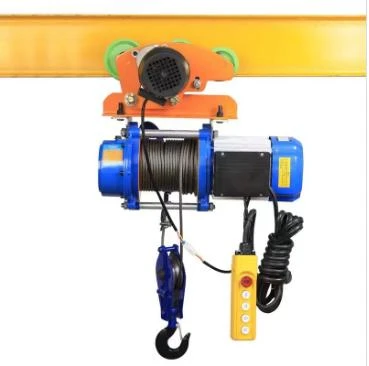Manual pump trucks, often referred to as pallet jacks or hand trucks, are indispensable tools in the realm of material handling and logistics. Embracing the principles of practicality and efficiency, these devices offer a seamless solution for transporting palletized goods within a variety of settings, from warehouses to retail environments. Through the nuanced understanding of their mechanics and strategic application, businesses can significantly enhance operational fluidity and safety.

The core functionality of a manual pump truck revolves around its simple yet robust design. Comprising a set of forks, a hydraulic pump, and a handle, this apparatus facilitates the lifting and transportation of heavy items effortlessly. The user-friendly handle is engineered to provide ergonomic comfort while operating the hydraulic pump mechanism — an integral component that allows for the lifting action through hydraulic fluid pressure. This fluid transfer system is both precise and durable, ensuring longevity and minimal maintenance.
Investing in a high-quality manual pump truck is imperative for businesses aiming to optimize their supply chain operations. Products that stand out in the market offer superior build quality, often fabricated from high-grade steel, which ensures heightened load capacity and durability under regular strain. Additionally, a well-engineered manual pump truck will feature polyurethanes or nylon wheels, providing smooth maneuverability across various surfaces while minimizing wear and tear on flooring.

The suitability of a manual pump truck is not confined to its technical specifications alone. Operational efficiency encompasses the environment in which these devices are used, and selecting the right model can significantly impact workflow. For instance, in tightly packed warehouse spaces, compact-sized manual pumps offer better mobility, while adjustable width models accommodate diverse pallet sizes, fostering flexibility and reducing the logistical hassle.
Furthermore, the safety aspect of using manual pump trucks cannot be overstated. Implementing ergonomic designs drastically reduces the risk of work-related injuries, which are commonplace in settings requiring repetitive lifting tasks. The incorporation of safety features, such as braking systems and non-slip handles, provide additional layers of security, thus fostering a safer working environment.
From an economic perspective, manual pump trucks present an affordable alternative to powered lifting equipment, with lower upfront costs and negligible operating expenses. This financial advantage, coupled with the minimal maintenance needs, positions manual pump trucks as a cost-effective asset in reducing the operational overhead and enhancing the bottom line for businesses.
manual pump truck
Training employees on the correct use of manual pump trucks can further bolster efficiency and safety. A well-informed workforce, adept in operating and maintaining these tools, will contribute to prolonged equipment lifespan and optimized labor productivity.
The versatility of manual pump trucks also extends to their application range. Beyond the confines of warehouses, they are equally valuable in retail outlets, manufacturing facilities, and distribution centers, where the efficient movement of goods is paramount. Their adaptability to various pallets and loads makes them a go-to solution for diverse industries.
Industry expertise underscores the notion that the manual pump trucks’ simplicity does not compromise their efficacy. On the contrary, these tools have withstood the test of time, evolving in design and function without forsaking their core purpose — streamlining goods transportation. Their reputation is backed by decades of reliable service, securing their place as a trusted instrument in the logistical toolkit.
Ultimately, businesses looking to enhance their operational capacity and streamline internal logistics will find manual pump trucks to be an invaluable resource. The combination of intuitive design, economic feasibility, and proven reliability embody the attributes necessary for fostering business growth and sustainability in competitive markets.
By leveraging these pivotal insights and adopting modern standards, organizations can elevate their operational capabilities while reinforcing a culture centered on safety and efficiency.








